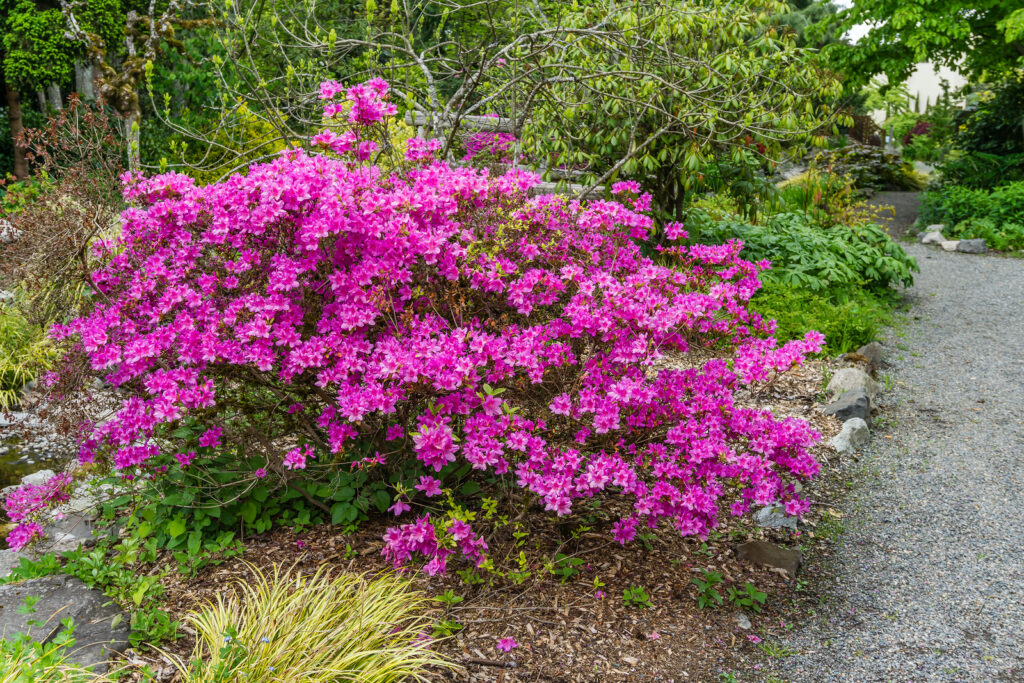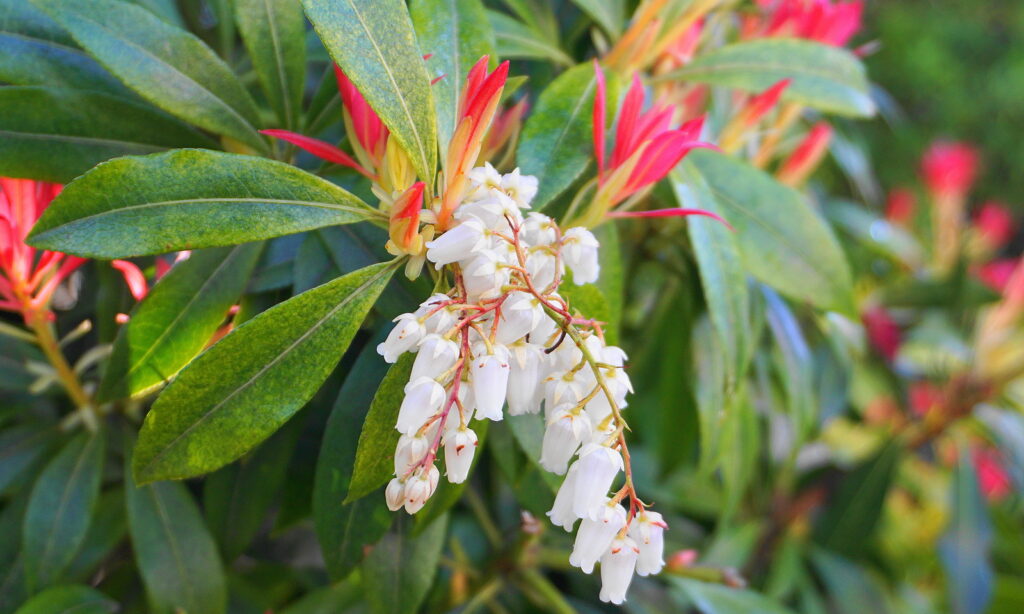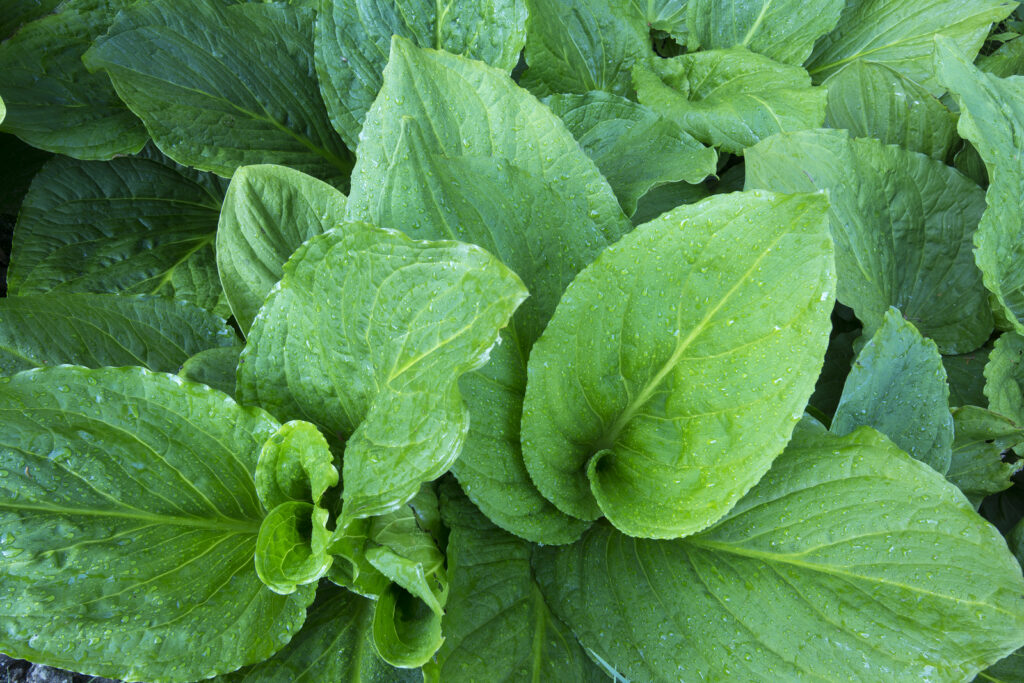The Pacific Northwest is known for its rainy winters and dry, moderate summers. The climate is well-suited for gardening.
A wide range of plants grows well in the Pacific Northwest including rock garden, mountain, and alpine plants. Many plants native to China and Japan grow well in the Northwest.
Here are suggestions for getting the most out of your Pacific Northwest garden:

Take advantage of the growing season
The growing season begins in February and extends well into October in most Pacific Northwest gardens. Here are important tasks:
- Plant bulbs in fall to ensure spring booms.
- Set cool-season annuals in the garden in late winter or early spring.
- Set summer-blooming annuals in the garden in late spring.
- Remove spent blooms regularly; this will allow new blooms to emerge quickly. Phlox, hollyhocks, and foxgloves will bloom twice in a season or more when deadheaded.
- Plant cool-season annuals a second time in late summer for fall color; cool-season annuals will bloom until the first frost, some even longer.
- Divide crowded perennials in fall and replant them for spring blooms.
- Dig and store bulbs in winter. Long, wet winters can cause flower bulbs to rot. Lift bulbs in beds that stay wet through the winter. Store them in a cool, dry place and replant them in early spring.

Pacific Northwest garden tasks
- Amend the soil with aged compost and well-rotted manure in autumn or early spring. The addition of organic matter will keep planting beds well-drained.
- If the soil stays constantly moist in areas of the garden, mound the soil to create mounded or raised beds; this will ensure plant roots do not stay wet. Soil can also be amended with sand and grit to increase drainage.
- Keep the garden clean of plant debris. Dead foliage can harbor pests and diseases. Blight, mildews, and mold can grow in plant debris; remove it from the garden.
- Prune shrubs and trees as necessary to remove dead and diseased foliage and wood.
- Keep an eye out for slugs and snails and other insect pests that thrive in wet conditions. Use wood ash or copper strips around plants to repel slugs and snails.

Plants for Northwest gardens
- Choose plants that are shade tolerant for Northwest gardens. Many gardens in the Northwest are in the filtered shade of evergreen trees; be sure the plants you select can thrive in your garden light. Rhododendrons, azaleas, camellias, hydrangeas, Pieris, Viburnum, and Japanese maples are good choices for a shady garden.
- Choose native plants that are adapted to the Pacific Northwest; natives include scilla, trilliums, violets, skunk cabbage, cyclamen, and primroses.















